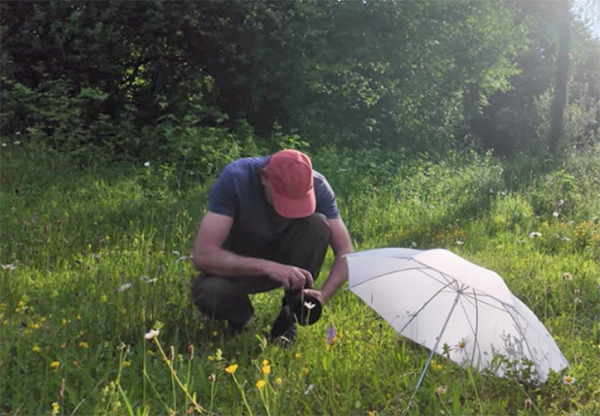Avoid These Beginner Flash Photography Mistakes (VIDEO)
A couple months ago we brought you an encouraging beginners guide that explained how to master the basics of on-camera flash. We hope that piqued your interest, helped overcome your fear of flash, and set you on the path for success.
Today’s follow-up from another flash photography expert takes the opposite approach by explaining what NOT to do if you’ve been dissatisfied with your initial results. Instructor Ed Verosky has a single obsession that’s reflected in his instructional Tube channel that’s devoted entirely to flash tips, techniques, and gear recommendations that are appropriate for photographers of all skill levels.
Thweepisode is intended for those of you who are new to shooting with supplemental light, whether you’re working in your living room or in a small, simple studio. So grab a camera and your flash, hit the “Play” button, and follow along while Verosky outlines the most common beginner mistakes and explains how to fix them in less than nine minutes..

At the top of Verosky’s list of error is choosing the wrong flash to begin with, and there’s more to this decision than picking a unit in your price range and assuming that you’re good to go. He put’s it like this: “There a lot of features to consider when buying your first flash, especially if you want to improve your flash photography skills.”
Starting with the basics, it’s sort of amazing that some photographers don’t realize that a portable flash must be compatible with the camera they intend to use. This notion is based upon the fact that different camera manufactures implement flash features like TTL in a proprietary way. Bottom line if you shoot with a Canon get a flash designed for that brand, whether it’s made by Canon or a third-party supplier.
Another common mistake is not making sure that your flash has enough power for the type photography you want to do. In other words, “If you’re serious about capturing good photos get serious about your flash and avoid the cheap, little models intended for nearby snapshots.” Verosky also describes important features to look for like adjustable flash heads that tilt and rotate for added versatility.

Verosky says that despite the key features he recommends, good reliable flash units that don’t break the bank are easy to find. Things only get expensive (and complicated) when you venture into the world of multi off-camera techniques.
We’re barely at the midpoint of today’s lesson that also includes a variety of practical shooting tips, appropriate setting camera and flash settings, and much more. Bottom line: you’ll find everything you need to know for impressive flash-lit images by checking out Verosky’s unique YouTube channel.
And be sure not to miss the comprehensive flash photography beginners guide that we mentioned at the onset.






